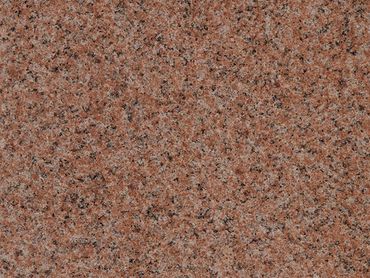EGYPTIAN GRANITE
THE EGYPTIAN GRANITE
Granite is a rock of volcanic (igneous) origin that has cooled slowly within the earth's crust.
Think of the liquid lava which, unable to escape from the depths of the earth, moves slowly inside, cooling down and undergoing all
a series of chemical and physical transformations.
In the very long process (called metamorphic) of solidification and transformation, the mineral impurities - present in granules or layers
sedimentary within the lava flows - they have moved and recrystallized as a result of pressure and heat. These processes have created a
hard, compact and resistant material, but with very beautiful grains capable of satisfying the most refined aesthetic tastes. Impurities such as clay, silt,
sand, iron oxides and flint nodules have given rise to the different colors of the granite (red granite, black granite, blue granite, etc.)
What are the characteristics of granite?
Granite is resistant to water, heat and grease, but remember to never use abrasive or acidic products to clean it, as this could cause irreversible damage to the surface. Also, avoid using vinegar or lemon juice.
Chemical structure of Granite and Standard Specifications and Technical Data of Egyptian Granites:
Compressive strength: (psi) 21500
Flexural strength: (psi) 22
Abrasion resistance Hardness: (Ha) 43.5
Density: (Kg / m3) 2.634
Water absorption: %0.08
Modulus of rupture: (psi) 2300
















Copyright © 2025 Art&Flooring - All Rights Reserved.
This website uses cookies.
We use cookies to analyze website traffic and optimize your website experience. By accepting our use of cookies, your data will be aggregated with all other user data.